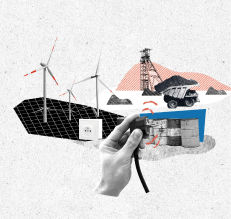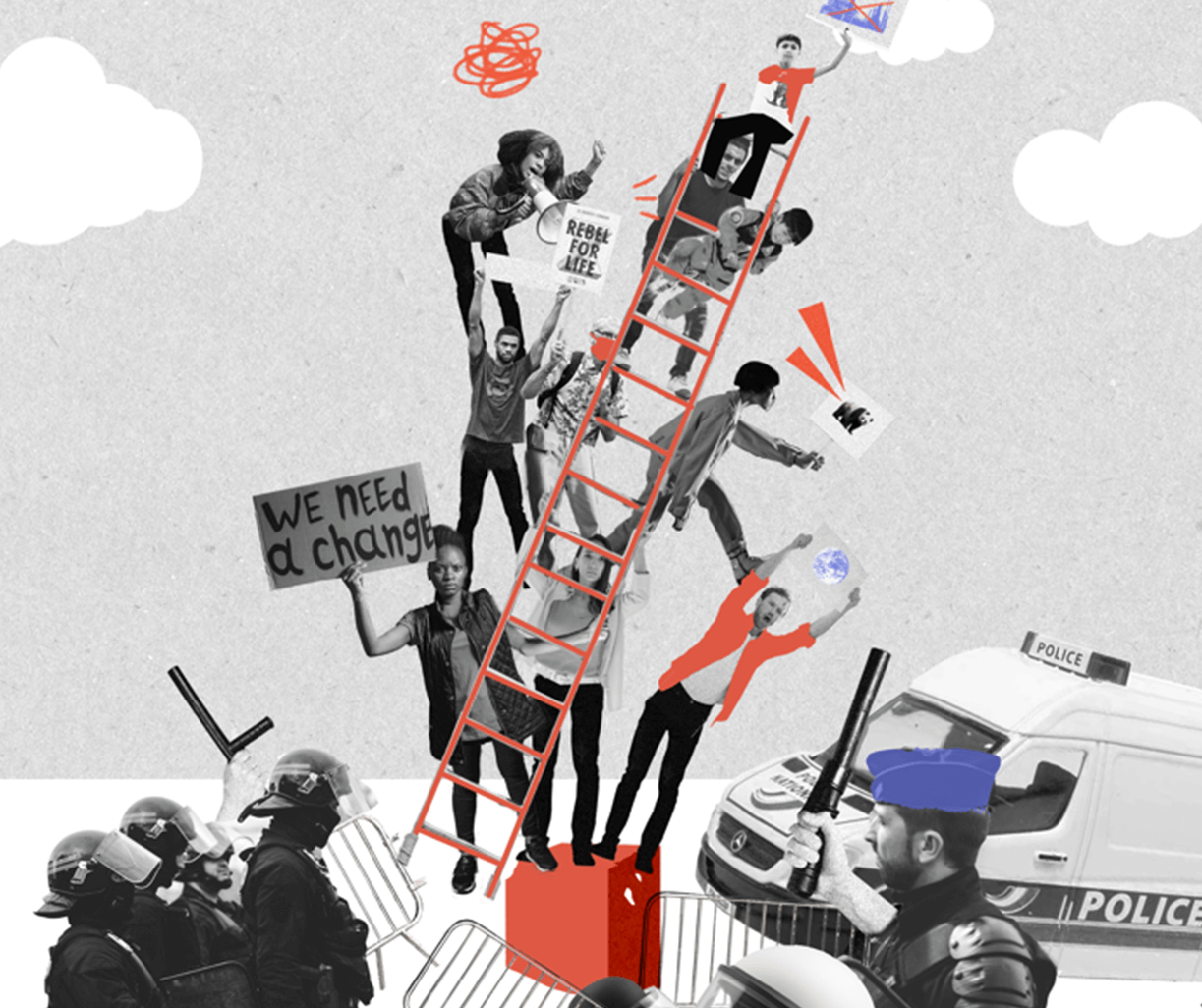Background: The Opaque Mining Sector
For years, the mining sector in Mexico was shrouded in opacity. The Ministry of Mining’s information was not public and the state owned all resources, meaning landowners had no rights over what lay beneath their land. Mining companies could start activities without any consultation and without even informing local communities. Worse still, the Ministry of Mining was profiting from the opacity; its data was for sale, with each map of mining areas costing nearly a million pesos (around $50 thousand USD). In order for a citizen to get information about mines in Mexico, they had to pay 7 million pesos (over 350 thousand USD!). When you did pay, you only got the most recent information, to see any changes you would have to pay all over again.
In 2015, my organisation CartoCritica lobbied to make maps about mining areas publicly accessible for free, marking a significant victory. However, the need for more transparency persisted. We had the maps, but identifying the exact locations of mines and their environmental impacts remained a challenge. The mining concessions covered multiple areas, making it difficult to pinpoint actual mining sites amidst other business concessions. This lack of clarity obscured the environmental and community impacts of mining activities.
We were facing significant setbacks, including Mexico’s suspension from the EITI in 2022 and the withdrawal of civil society from the OGP in 2023. But this didn’t defeat us. It reinforced our determination to gather and fight harder for transparency. The idea was simple: with other organisations, we decided to use our collective resources to create our own map, which would be accessible to anyone.
The Motivation: Uncovering the Hidden Mines
Joining the wider, global #DiscloseTheDeal campaign led by PWYP, the primary motivation for creating a map was to bring transparency and accountability to the mining sector to show their impact at the territorial level. We wanted to identify the exact locations of mines, quantify mineral extraction, and assess the environmental impacts, including water usage and contamination. The environmental ramifications of mining activities were largely unknown due to the lack of accessible and accurate data.
The Process: Crafting the Comprehensive Map
Despite facing numerous obstacles, we embarked on creating a comprehensive and transparent map of Mexico’s mining activities. With a limited budget, our team meticulously analysed over 100,000 records from 11 governmental sources, academic databases, and our own data. We manually located 857 operating mines and included environmental requirements data for 249 metallic mines. This data encompassed environmental impact assessments, water usage permits, pollution event declarations, and more.
The process was labour-intensive, involving manual data verification and the development of an algorithm to aid in identifying mining sites. Despite not being 100% reliable, the algorithm significantly accelerated our work. The resulting map became the first project-level map and database in Mexico, distinguishing it from existing government databases that only provided information at the concession or licence level.
One striking revelation from our map was that Grupo México, a major mining company, had not declared a single water pollution incident in 17 years, despite a major spill of 40 million litres of copper sulphate into rivers in 2014. This incident had contaminated local water sources and caused diseases, yet it had gone unreported. Our map highlighted that 55% of metallic mines in the country had not declared any pollution incidents in the same period, raising serious credibility issues.
The Result: A New Era of Accountability
The impact of our map has been profound. It has enabled more informed and data-driven discussions with environmental policymakers and has been instrumental in advocating for recent reforms in mining, water, environmental, and waste laws. The map has already become a valuable resource for identifying areas of concern, such as environmentally sensitive regions and communities impacted by mining activities.
Working within a collective called “CambiémoslaYa,” in 2023 we advocated for ambitious changes in the mining law, which had remained unaltered for over 30 years and was heavily influenced by the mining industry. The Mexican President eventually presented our proposals for legal changes to deputies and senators within the Congress. Even though they later softened the changes we wanted to see, our collective efforts resulted in a significant legislative improvement: the law centres environmental concerns and community consultations. Our map and its results were used throughout our advocacy efforts. The power of having data was indisputable, with even mining companies silenced by our clear evidence.
Learnings and Reflections
This journey taught us the importance of resilience and adaptability. Despite numerous setbacks, we persevered by creating our advocacy tool and space. We learned the necessity of having backup plans and recognised when to shift strategies to keep pushing for our demands.
The creation of the map underscored the power of concrete data in advocacy. Transparency and accountability in the mining sector are only achievable when data is publicly accessible. Our map has empowered communities and civil society organisations, informed policymakers, and challenged mining companies to operate responsibly. It stands as a testament to the impact of collaborative efforts and data-driven advocacy in bringing about meaningful change.










